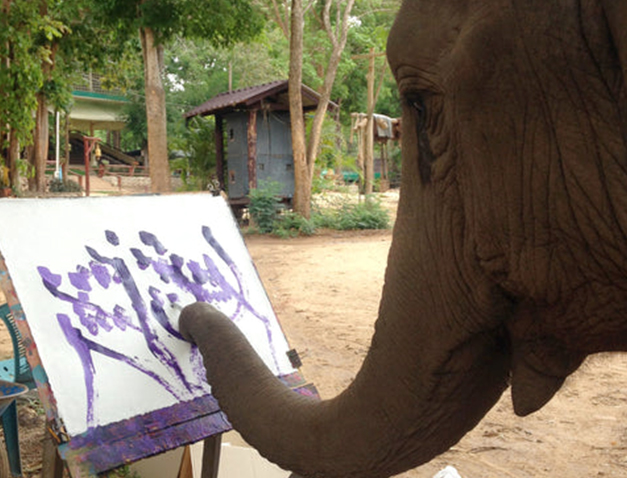August, 20, 2024

By Prof. Samitha Hettige
Although Elephants were domesticated since times immemorial for work & war, in 2012, 12th August was dedicated as ‘World Elephant Day. Objective was to raise awareness on the threats faced by elephants & to promote protection efforts. Historic records indicate that Elephants were a key export from Sri Lanka until the Dutch rule. Instead the British enjoyed killing & capturing (Ref. Panamure) going to the extent of issuing permits to capture as late as 1930s. If Elephants were the natural machine for heavy work & war prior to industrialization, shouldn’t the machines invented by humans replace Elephants by now?
Threats
As per the WWF, Asian Elephant population which was approx 100,000 during the late 19th century has reduced to 50,000 a century later primarily due to habitat loss & the ‘Human-Elephant’ conflicts. Therefore, the Asian Elephant is listed as endangered by the International Union for Conservation of Nature (IUCN) & the Convention on International Trade in Endangered Species of Wild Fauna & Flora (CITES). Countries which experience ‘Human-Elephant’ conflicts may learn from success stories such as South China's Yunnan Province which has approx 300 wild Elephants (Ref. Yunnan stats). Although China was exposed to the Buddhist philosophy from the times of the Buddha, there is not much evidence on the Chinese training Elephants for work & cultural matters. It is interesting to study how a country with more than 1.4 billion people use modern technology & machines to manage mega development, cultural activities & its rich biodiversity to stay harmonious especially with wild Elephants.
Wild Elephants in China
After approx 4 decades of conservation, the wild Elephant population in China has increased from 150 to 300. Continuous habitat expansion due to well managed human settlements & agriculture are seen as key factors. This has been possible due to the intelligent early warning system developed to monitor Elephant movements. Approx 100 rangers equipped with smart phones were involved in operating the early warning system but after implementing the intelligent system using; automatic infrared cameras, drones with thermal imaging technology, smart broadcast systems & a cloud service system the Chinese have enhanced the ability to detect Elephants & send warnings faster (approx within 12 seconds from the sighting). Since June 2020 approx 100,000 warnings have been sent from the application with 96% accuracy (Ref. Yunnan stats).
Prestige Conflict Prevention
When Belgium was ruling Congo, African elephants have been trained as beasts of burden. Such practices aren’t common now & Elephants are mainly contributing as tourist attractions. In Sri Lanka ownership of Elephants is still considered prestigious. In the past only the rich land owners had Elephants in addition to key Buddhist & Hindu temples. Given the socioeconomic demands of the times it could have been justified. However, Sri Lankan behavior has taken new turns. The rich who keep pet dogs in air conditioned kennels, if allowed may try to keep Elephants in freezer containers after seeing ‘Muthu Raja’ flying home. Contribution of domesticated & wild Elephants is equally crucial to revamp the economy to come out of the crisis (tourism sector development). Calls for permits to capture wild Elephants & support captive breeding in private ownership may increase hence. ‘Muthu Raja’ in Thailand where tourism is a key factor in economic stability might write its story one day. Sri Lankans may study it as they know the ‘Panamure’ &‘Nalagiri’ stories. They shouldn’t be like the blind who felt the Elephant as economic restructuring for long term stability is possible with opportunities such as the Belt & Road Initiative. (Views expressed are personal).
Video Story